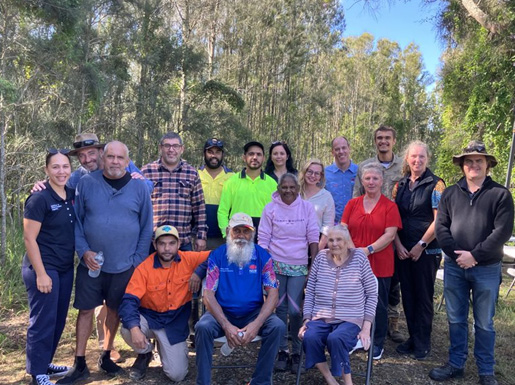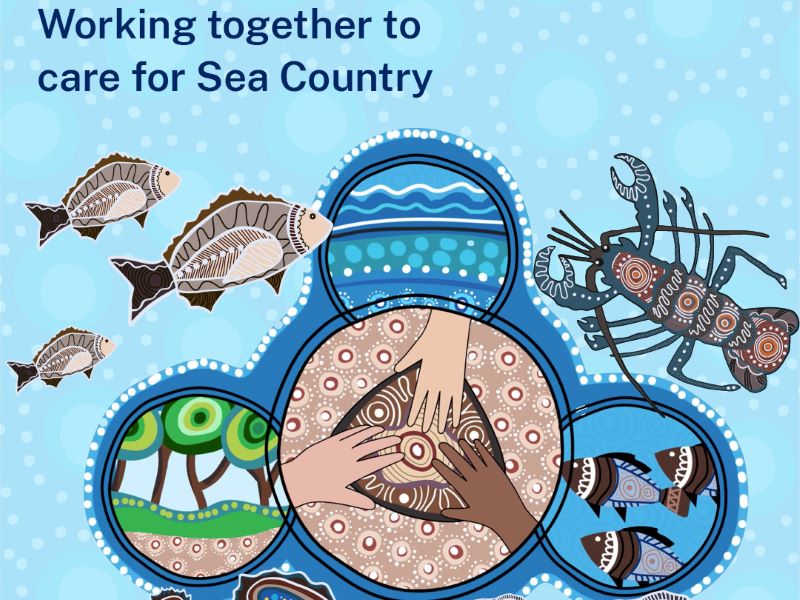Latest news
On Blue Carbon Country with Bullinah River Rangers
NSW Department of Primary Industries and Regional Development, in collaboration with Jali Local Aboriginal Land Council, hosted an On Country Day at the Duck Creek Research Station.

Survey reveals what Sea Country means to Aboriginal Peoples
The recent Connection to Sea Country – Aboriginal Peoples of Coastal NSW survey has confirmed the crucial significance of Sea Country to cultural connections, and the social and emotional wellbeing of Aboriginal Peoples.

Anchors ahoy: New Port Kembla anchorages will protect seafloor life
A world leading approach to the anchoring of ships has been introduced in Port Kembla to protect the marine life of the region’s rocky reefs.

![The study looked at how Posidonia australis seagrass (or strap weed)[pictured] loss related to the combined effect of things such as foreshore development, poor water quality, vessel traffic and fishing. Photo credit: Justin Gilligan Fish swimming over seagrass.](https://www.marine.nsw.gov.au/__data/assets/image/0005/1495319/seagrass_J-Gilligan-LR.jpg)